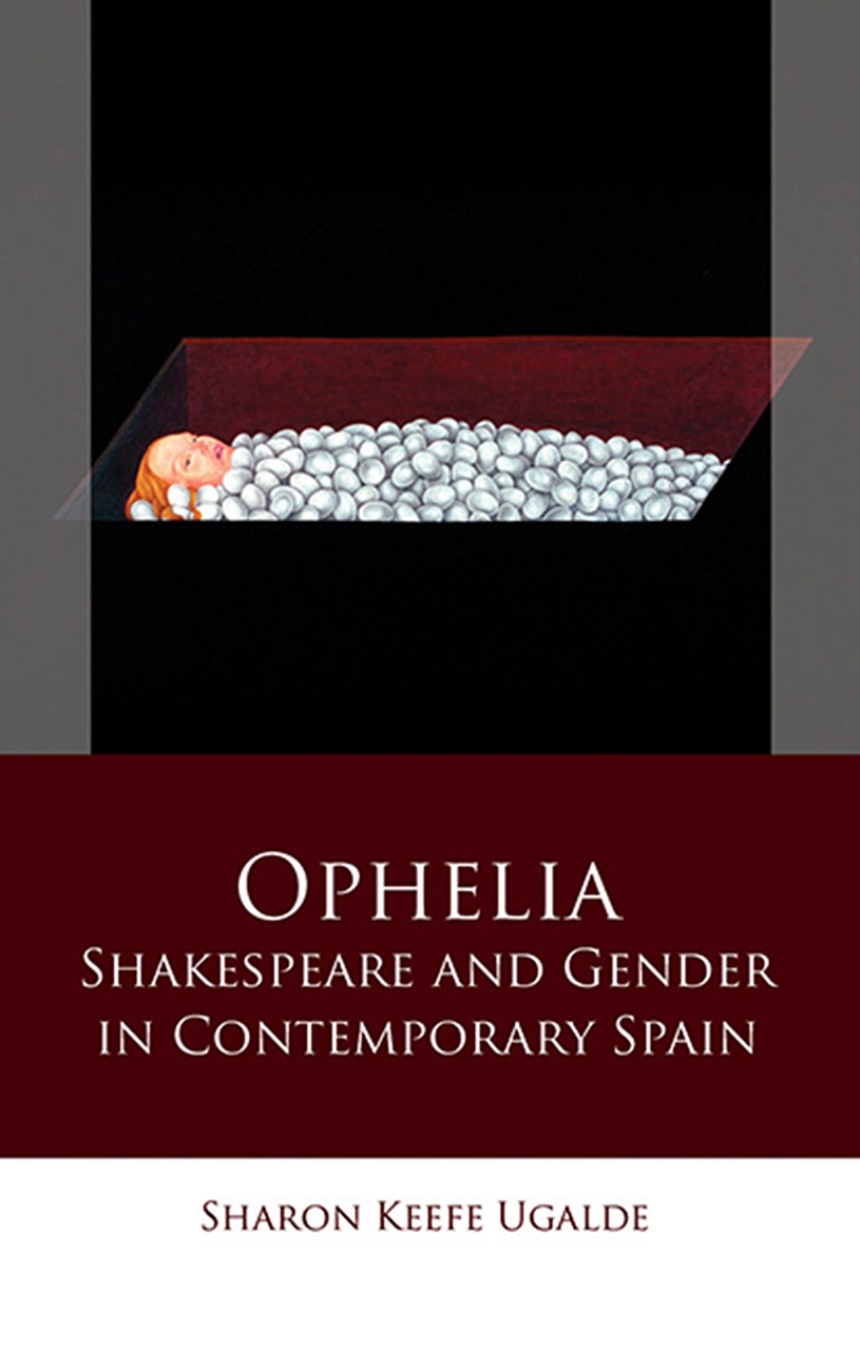It is astonishing how deeply the figure of Ophelia has woven itself into the fabric of Spanish literature and the visual arts, from her first appearance in the eighteenth century (translations of Hamlet), through depictions in seminal authors such as Espronceda, Bécquer, and Lorca, to turn-of-the millennium figurations. This provocative, gendered figure has become what male and female authors and artists need her to be. Is she invisible? A victim? Mad? Controlled by the masculine gaze? An agent of her own identity? Ugalde’s well-documented study addresses these questions in the context of Iberia. Poets, novelists, and dramatists, penning works in Spanish, Catalan, and Galician, and painters and art photographers bring Shakespeare's heroine to life in new guises. She performs as an authoritative female author, a sexually fulfilled woman, in a male body, as a cyborg, a lesbian, and as a historical marker of past oppression. New looks both reflect and authorize the gender diversity that has gained legitimacy in Spanish society since the political Transition.
272 pages | 26 color plates, 5 halftones | 5 1/4 x 8 1/4 | © 2020
Iberian and Latin American Studies
Literature and Literary Criticism: General Criticism and Critical Theory
Reviews
Table of Contents
Acknowledgements
List of Figures
Introduction
Chapter 1: Breaking Silence: Ophelia in the Lyric Tradition of Spain and the
Pioneer Innovations of Blanca de los Ríos
Chapter 2: Talking Back: Ophelia in Turn-of-the-Millennium Poetry
Chapter 3: The Myth of Ophelia in the Narratives of Clara Janés and Menchu
Gutiérrez
Chapter 4: Ophelia Takes Center Stage
Chapter 5: From Madwoman to Cyborg: Artist Marina Núñez’s Ophelias
Chapter 6: Ophelia in Front of the Camera
Epilogue: Ophelia: Refigurations in the Arts, Reiterations in the Fashion Industry
Bibliography
List of Figures
Introduction
Chapter 1: Breaking Silence: Ophelia in the Lyric Tradition of Spain and the
Pioneer Innovations of Blanca de los Ríos
Chapter 2: Talking Back: Ophelia in Turn-of-the-Millennium Poetry
Chapter 3: The Myth of Ophelia in the Narratives of Clara Janés and Menchu
Gutiérrez
Chapter 4: Ophelia Takes Center Stage
Chapter 5: From Madwoman to Cyborg: Artist Marina Núñez’s Ophelias
Chapter 6: Ophelia in Front of the Camera
Epilogue: Ophelia: Refigurations in the Arts, Reiterations in the Fashion Industry
Bibliography

